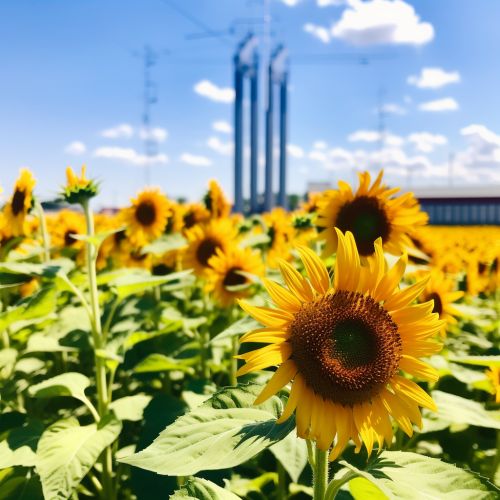The Role of Phytoremediation in Environmental Cleanup
Introduction
Phytoremediation, a term derived from the Greek word phyto (plant), and the Latin word remedium (restoring balance), is an eco-friendly, cost-effective method used in the cleanup of contaminated environments. It is a form of bioremediation that uses various types of plants to remove, transfer, stabilize, and/or destroy contaminants in the soil and groundwater.


Mechanisms of Phytoremediation
Phytoremediation works through several mechanisms. These include:
- Phytoextraction: Also known as phytoaccumulation, it involves the uptake and concentration of substances from the environment by plant roots into the above-ground portions of the plant.
- Rhizofiltration: This is similar to phytoextraction, but the plants are used to clean up water or wastewater instead of soil.
- Phytostabilization: In this process, plants are used to stabilize contaminants in the soil and groundwater, reducing their mobility and preventing their migration to the groundwater or air.
- Phytodegradation: Also known as phytotransformation, this involves the breakdown of contaminants within plant tissues.
- Phytovolatilization: This process involves the uptake and transpiration of a contaminant by a plant, with the contaminant being released into the air from the plant.
- Rhizodegradation: Also known as phytostimulation or plant-assisted bioremediation, this involves the breakdown of contaminants in the soil through microbial activity that is enhanced by the presence of plant roots.
Types of Plants Used in Phytoremediation
Different types of plants are used in phytoremediation, depending on the type of contaminant and the desired remediation process. These include:
- Hyperaccumulators: These are plants that can take up and accumulate high levels of certain contaminants in their tissues. Examples include sunflowers for lead and Indian mustard for cadmium.
- Wetland Plants: These are used in constructed wetlands for the treatment of wastewater, stormwater, and other water sources. Examples include cattails and water hyacinths.
- Trees: Certain types of trees, such as poplars and willows, are used in phytoremediation due to their deep root systems and high transpiration rates.
Advantages and Limitations of Phytoremediation
Phytoremediation has several advantages over traditional remediation methods. These include its cost-effectiveness, the possibility for resource recovery, and its aesthetic benefits. However, it also has several limitations, including the time required for remediation, the depth to which plants can reach contaminants, and the potential for the introduction of contaminants into the food chain.
Conclusion
Phytoremediation is a promising technology for the remediation of contaminated environments. However, further research is needed to optimize its use and overcome its limitations.
